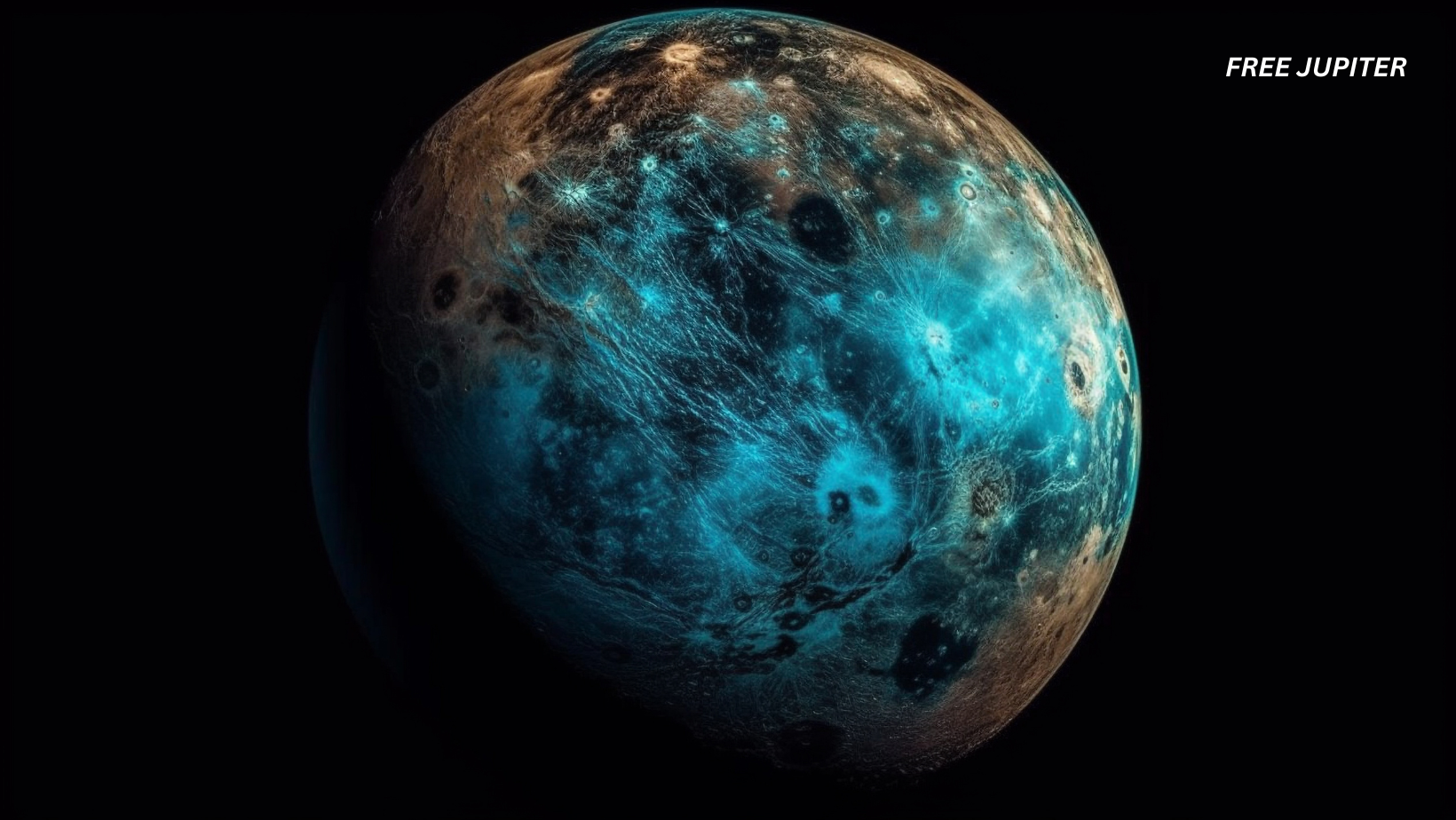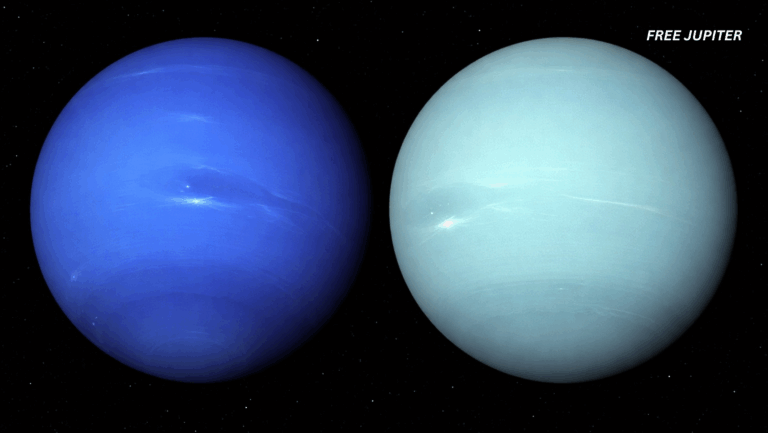If you thought our solar system’s eight planets were all the universe had to offer, NASA has some news for you: we’ve officially crossed the 6,000 mark in confirmed exoplanets—that’s 6,000 planets orbiting stars beyond our Sun. What’s even wilder? Astronomers think there could be billions more still waiting to be discovered.
This milestone is both humbling and a little dizzying when you realize that the hunt for these “alien worlds” has only been going on for about three decades. Back in 1992, the very first confirmed exoplanet was found orbiting a pulsar, a dead star that spins like a lighthouse beam. That discovery was strange, but it opened the cosmic floodgates. Then in 1995 came a more familiar type: 51 Pegasi b, a giant world circling a star much like our Sun. That discovery won its astronomers the Nobel Prize and set the stage for the exoplanet revolution.
Fast forward to today, and the pace is picking up. Just three years ago, NASA announced the 5,000th exoplanet. Now we’re already a thousand worlds ahead. At this rate, “collecting planets” may one day become as routine as adding stamps to a book—except every single one of these stamps is an entire world with its own bizarre character.
Wait, so what exactly counts as an exoplanet?
An exoplanet is simply any planet that orbits a star outside our solar system. They come in all shapes and sizes, many of which don’t look anything like the familiar gang of Mercury through Neptune. Some are massive gas giants bigger than Jupiter, while others are small, rocky bodies about Earth’s size. And then there are the oddballs that defy our imagination: worlds covered in lava, planets made mostly of water, and even candidates that might be rich in diamonds.
But here’s the catch: finding them isn’t as easy as looking up at the night sky with binoculars. Stars outshine their planets by enormous factors, so astronomers rely on clever detective work. The most common technique is the transit method—watching for tiny dips in a star’s brightness as a planet passes in front of it. NASA’s retired Kepler Space Telescope was a pioneer in this field, uncovering more than 2,600 worlds. Today, its successor, the Transiting Exoplanet Survey Satellite (TESS), has already added nearly 700 to the list.
And the search doesn’t stop there. Powerful ground-based observatories and the James Webb Space Telescope (JWST) are now examining exoplanet atmospheres, sniffing out molecules like water vapor and methane, which could hint at conditions suitable for life.
Read more: NASA’s James Webb Telescope Directly Photographs Saturn-Like Exoplanet For The First Time
The “6,000th planet” problem
So, which lucky world gets crowned number 6,000? Here’s the twist: NASA doesn’t actually pick a single “winner.” The count updates continuously as teams of astronomers confirm discoveries. By the time the announcement came, the number had already ticked up to 6,007. Among the newest is a tongue-twister called KMT-2023-BLG-1896L b—a Neptune-sized world with about 16 times the mass of Earth.
It’s not as flashy a name as “Pegasi b,” but the real excitement isn’t about one planet. It’s about the collection. Every entry in the catalog represents an entire world that scientists can now study, compare, and classify.
Breaking down the cosmic census
NASA’s current tally looks like a cosmic family reunion with a wide cast of characters:
- 2,035 Neptune-like worlds — These are similar in size to Neptune or Uranus, usually with thick atmospheres of hydrogen and helium wrapped around rocky cores.
- 1,984 gas giants — Think “Jupiter on repeat.” Some orbit so close to their stars that their surfaces would sizzle at thousands of degrees.
- 1,761 super-Earths — Planets larger than Earth but lighter than Neptune. Don’t let the name fool you—these aren’t necessarily Earth 2.0. Some are more like mini-Neptunes.
- 700 rocky planets — These are the most Earth-like in terms of structure, made of solid rock rather than gas. They’re the worlds that most spark our imagination when it comes to habitability.
- 7 mystery planets — Oddballs that don’t fit neatly into categories. Given time, they may turn out to be some of the strangest of all.
Every type gives scientists more puzzle pieces for understanding how planets form and evolve. Do rocky worlds cluster closer to stars? Are super-Earths more common than gas giants? Each discovery helps answer such questions.
Strange worlds that bend the imagination
Beyond the numbers are the showstoppers—the exoplanets that feel like science fiction brought to life:
- Lava worlds like 55 Cancri e, where surfaces may be oceans of molten rock.
- Diamond planets such as 55 Cancri f (yes, it’s in the same system), theorized to be rich in carbon and potentially made of crystalline structures.
- Rogue planets not tied to any star, drifting alone through the galaxy.
- Hyper-speed planets zooming at millions of kilometers per hour.
These discoveries remind us that our solar system is just one style in a very long menu of possibilities.
Read more: Perseid Meteor Shower Is Coming—But Something May Ruin It
Why should we care about exoplanets?
At first glance, keeping score of alien worlds might seem like a cosmic hobby, but the stakes are much bigger. Every new planet discovered expands our understanding of how common—or rare—life-supporting conditions might be.
As Dawn Gelino, head of NASA’s Exoplanet Exploration Program, put it: “If we want to find out if we’re alone in the universe, all of this knowledge is essential.”
This is why scientists get especially excited about the “habitable zone”—the not-too-hot, not-too-cold orbital region where liquid water could exist. Dozens of rocky planets have been spotted in these sweet spots. None are confirmed Earth twins yet, but the search is very much alive.
A quick history lesson
It’s easy to forget that, not long ago, the idea of other planetary systems was still debated. For centuries, Earth and its neighbors were all we knew. That changed in the late 20th century, when improved telescopes and detection methods revealed the first exoplanets.
In just thirty years, we’ve gone from “do they even exist?” to a catalog of thousands. And that catalog is only scratching the surface. The Milky Way alone is home to hundreds of billions of stars, and most appear to host at least one planet. If even a small fraction are Earth-like, the numbers get astronomical very quickly.
The road ahead
NASA’s announcement isn’t just about patting itself on the back—it’s a teaser for what’s next. JWST has already begun peering into exoplanet skies, detecting molecules like carbon dioxide and water vapor. Future missions, such as the proposed Habitable Worlds Observatory, aim to take direct images of Earth-sized planets in nearby star systems.
And here’s where it gets poetic: for all 6,000 confirmed planets, we still haven’t found another Earth. A rocky world with liquid water and breathable air remains elusive. The narrator of NASA’s celebratory video summed it up: “There’s one we haven’t found—a planet just like ours.”
But if the last thirty years are any indication, it’s not a matter of if we’ll find one. It’s a matter of when.
Related Notes: Other cosmic milestones
- The Kepler Legacy: Even though the Kepler Space Telescope retired in 2018, its treasure trove of data continues to yield discoveries today.
- Exoplanets and culture: Science fiction writers were imagining alien worlds long before astronomers could confirm them. Now, discoveries like lava planets and diamond worlds show reality might be stranger than fiction.
- Are we alone?: SETI (Search for Extraterrestrial Intelligence) continues to scan the skies for radio signals. Finding planets is step one; detecting life is the dream.
Read more: A Real-Life Pandora? Scientists Spot Possible Alien World Near Alpha Centauri A
Final Thought
6,000 worlds might sound like a lot, but in cosmic terms, it’s just the first handful of sand from an endless beach. Each new discovery pushes the boundaries of what we think is possible, reminding us that the universe is both stranger and richer than we can imagine. Somewhere out there, orbiting a distant star, might be the first true Earth twin—waiting for its turn to be planet number 6,001, or 10,001, or 100,001.
Until then, the search continues.
Featured image: Freepik.
Friendly Note: FreeJupiter.com shares general information for curious minds. Please fact-check all claims and double-check health info with a qualified professional. 🌱










